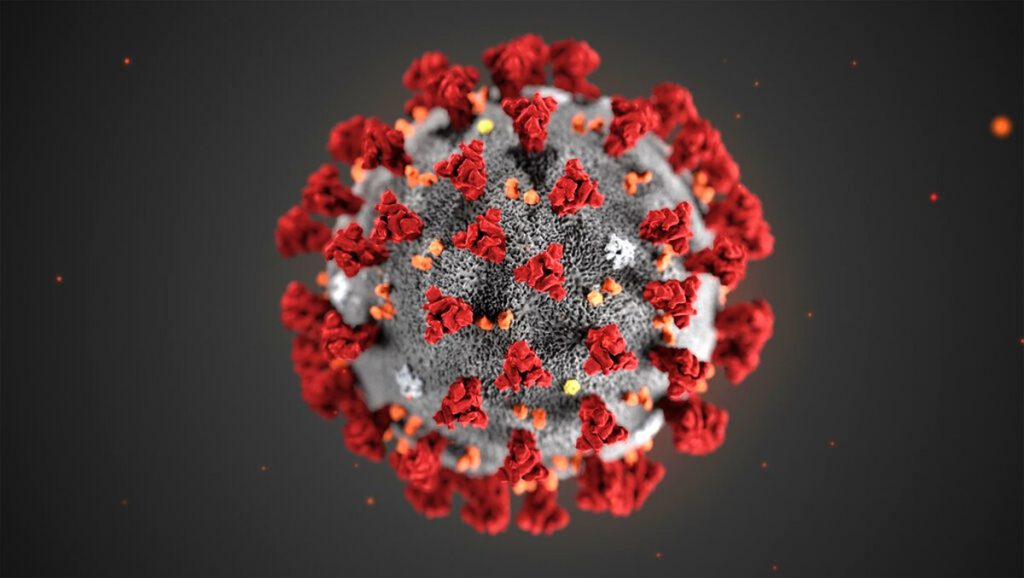COVID-19 Transmission Surging Countywide
The number of new cases in the county this past week is more than double what the county saw the previous week.
After nearly two straight months of new COVID-19 cases at record low numbers, disease is once again rising in Milwaukee County.
The latest report from a team of epidemiologists and faculty at the Medical College of Wisconsin and UW-Milwaukee shows that several key metrics for tracking COVID-19 point to a surge of disease across the county.
New cases are also rising among children, where the number of new cases this past week was also double what was observed the week before. Last week there were 22 new cases among children, this past week there were 45.
The latest data shows that transmission of COVID-19 countywide began to spike in late June and continued into early July.
The spike in transmission is particularly pronounced in the suburbs, where the transmission rate was 1.3 between June 30th and July 6th. This means that every identified case of COVID-19 will, on average, transmit the disease to more than one other person. This means the disease burden is growing instead of being suppressed.
The positivity rate for the county, which measures the percentage of tests that come back positive for COVID-19, continues to rise week over week. Two weeks ago it was 1.2%. One week ago it was 2.0%. This past week it was 3.0%.
Recently, Dr. Ben Weston, director of medical services for the county, said the rising disease burden is likely due to the highly transmissible Delta variant coupled with the large percentage of the population that remains unvaccinated.
“When we have a fairly sizeable unvaccinated population in Wisconsin, in Milwaukee County, in the city, take your pick, it’s easy for the virus to spread and I think that’s why we’re seeing increased numbers,” he said.
The percentage of residents that have been vaccinated rises when children under the age of 12, who are currently ineligible for the vaccine, are removed from the data. Among residents 12 years and older 58.9% have one shot and 54.8% are completely vaccinated. Among residents 16 years and older, 60.4% have one shot and 56.4% are completely vaccinated.
Racial disparities in vaccination rates among racial and ethnic groups in Milwaukee remain. But vaccination is increasing among Black and Hispanic residents, who have had the lowest rates of vaccination.
Along with disparities in vaccines. Racial disparities continue with COVID-19 in general. Black residents make up a disproportionate number of hospitalizations in the county. Hispanic residents have the highest rate of disease. American Indian and Alaskan Natives have the highest rate of death due to COVID-19.
Read the weekly report here. Read the children’s report here. Read the vaccination report here.
If you think stories like this are important, become a member of Urban Milwaukee and help support real, independent journalism. Plus you get some cool added benefits.
More about the Coronavirus Pandemic
- Governors Tony Evers, JB Pritzker, Tim Walz, and Gretchen Whitmer Issue a Joint Statement Concerning Reports that Donald Trump Gave Russian Dictator Putin American COVID-19 Supplies - Gov. Tony Evers - Oct 11th, 2024
- MHD Release: Milwaukee Health Department Launches COVID-19 Wastewater Testing Dashboard - City of Milwaukee Health Department - Jan 23rd, 2024
- Milwaukee County Announces New Policies Related to COVID-19 Pandemic - David Crowley - May 9th, 2023
- DHS Details End of Emergency COVID-19 Response - Wisconsin Department of Health Services - Apr 26th, 2023
- Milwaukee Health Department Announces Upcoming Changes to COVID-19 Services - City of Milwaukee Health Department - Mar 17th, 2023
- Fitzgerald Applauds Passage of COVID-19 Origin Act - U.S. Rep. Scott Fitzgerald - Mar 10th, 2023
- DHS Expands Free COVID-19 Testing Program - Wisconsin Department of Health Services - Feb 10th, 2023
- MKE County: COVID-19 Hospitalizations Rising - Graham Kilmer - Jan 16th, 2023
- Not Enough Getting Bivalent Booster Shots, State Health Officials Warn - Gaby Vinick - Dec 26th, 2022
- Nearly All Wisconsinites Age 6 Months and Older Now Eligible for Updated COVID-19 Vaccine - Wisconsin Department of Health Services - Dec 15th, 2022
Read more about Coronavirus Pandemic here
MKE County
-
Prosecution Rests Case in Dugan Trial
 Dec 17th, 2025 by Graham Kilmer
Dec 17th, 2025 by Graham Kilmer
-
Chief Judge Questioned About ICE Policy, Texts, Emails in Dugan Trial
 Dec 17th, 2025 by Graham Kilmer
Dec 17th, 2025 by Graham Kilmer
-
Fellow Judge Testifies in Dugan Case
 Dec 16th, 2025 by Graham Kilmer
Dec 16th, 2025 by Graham Kilmer






















